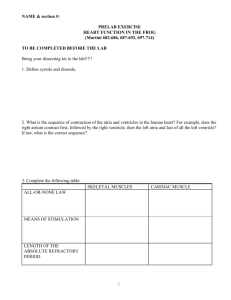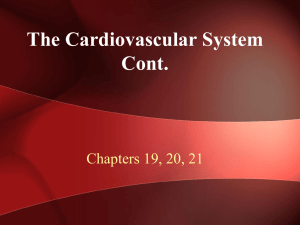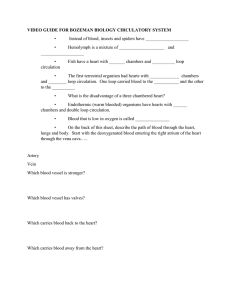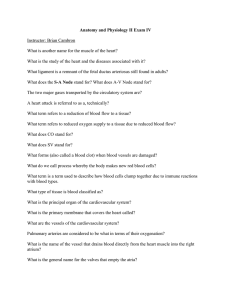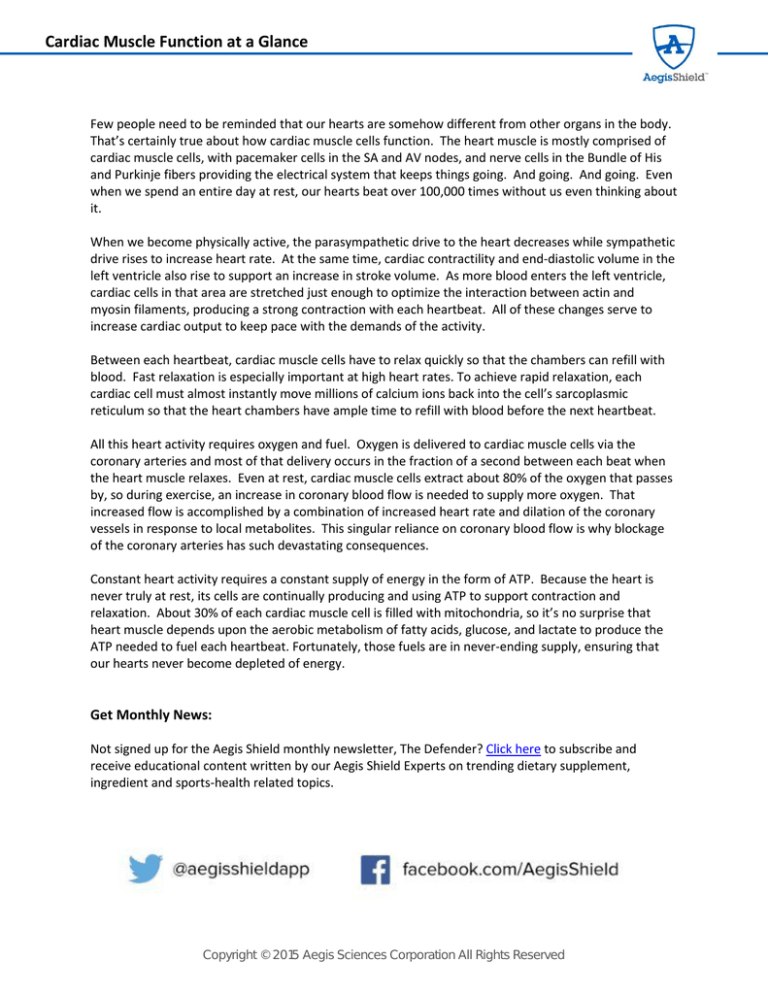
Cardiac Muscle Function at a Glance
Few people need to be reminded that our hearts are somehow different from other organs in the body.
That’s certainly true about how cardiac muscle cells function. The heart muscle is mostly comprised of
cardiac muscle cells, with pacemaker cells in the SA and AV nodes, and nerve cells in the Bundle of His
and Purkinje fibers providing the electrical system that keeps things going. And going. And going. Even
when we spend an entire day at rest, our hearts beat over 100,000 times without us even thinking about
it.
When we become physically active, the parasympathetic drive to the heart decreases while sympathetic
drive rises to increase heart rate. At the same time, cardiac contractility and end-diastolic volume in the
left ventricle also rise to support an increase in stroke volume. As more blood enters the left ventricle,
cardiac cells in that area are stretched just enough to optimize the interaction between actin and
myosin filaments, producing a strong contraction with each heartbeat. All of these changes serve to
increase cardiac output to keep pace with the demands of the activity.
Between each heartbeat, cardiac muscle cells have to relax quickly so that the chambers can refill with
blood. Fast relaxation is especially important at high heart rates. To achieve rapid relaxation, each
cardiac cell must almost instantly move millions of calcium ions back into the cell’s sarcoplasmic
reticulum so that the heart chambers have ample time to refill with blood before the next heartbeat.
All this heart activity requires oxygen and fuel. Oxygen is delivered to cardiac muscle cells via the
coronary arteries and most of that delivery occurs in the fraction of a second between each beat when
the heart muscle relaxes. Even at rest, cardiac muscle cells extract about 80% of the oxygen that passes
by, so during exercise, an increase in coronary blood flow is needed to supply more oxygen. That
increased flow is accomplished by a combination of increased heart rate and dilation of the coronary
vessels in response to local metabolites. This singular reliance on coronary blood flow is why blockage
of the coronary arteries has such devastating consequences.
Constant heart activity requires a constant supply of energy in the form of ATP. Because the heart is
never truly at rest, its cells are continually producing and using ATP to support contraction and
relaxation. About 30% of each cardiac muscle cell is filled with mitochondria, so it’s no surprise that
heart muscle depends upon the aerobic metabolism of fatty acids, glucose, and lactate to produce the
ATP needed to fuel each heartbeat. Fortunately, those fuels are in never-ending supply, ensuring that
our hearts never become depleted of energy.
Get Monthly News:
Not signed up for the Aegis Shield monthly newsletter, The Defender? Click here to subscribe and
receive educational content written by our Aegis Shield Experts on trending dietary supplement,
ingredient and sports-health related topics.
Copyright © 2015 Aegis Sciences Corporation All Rights Reserved

